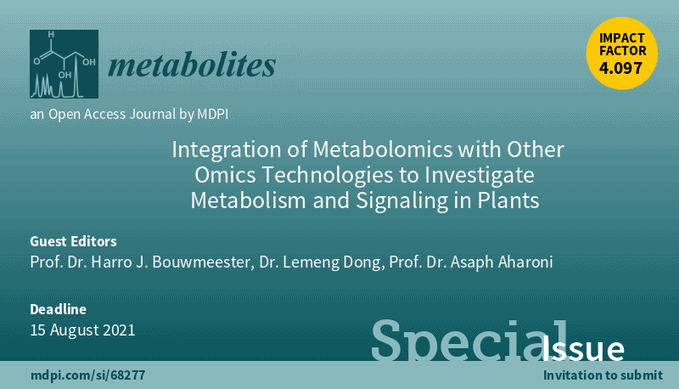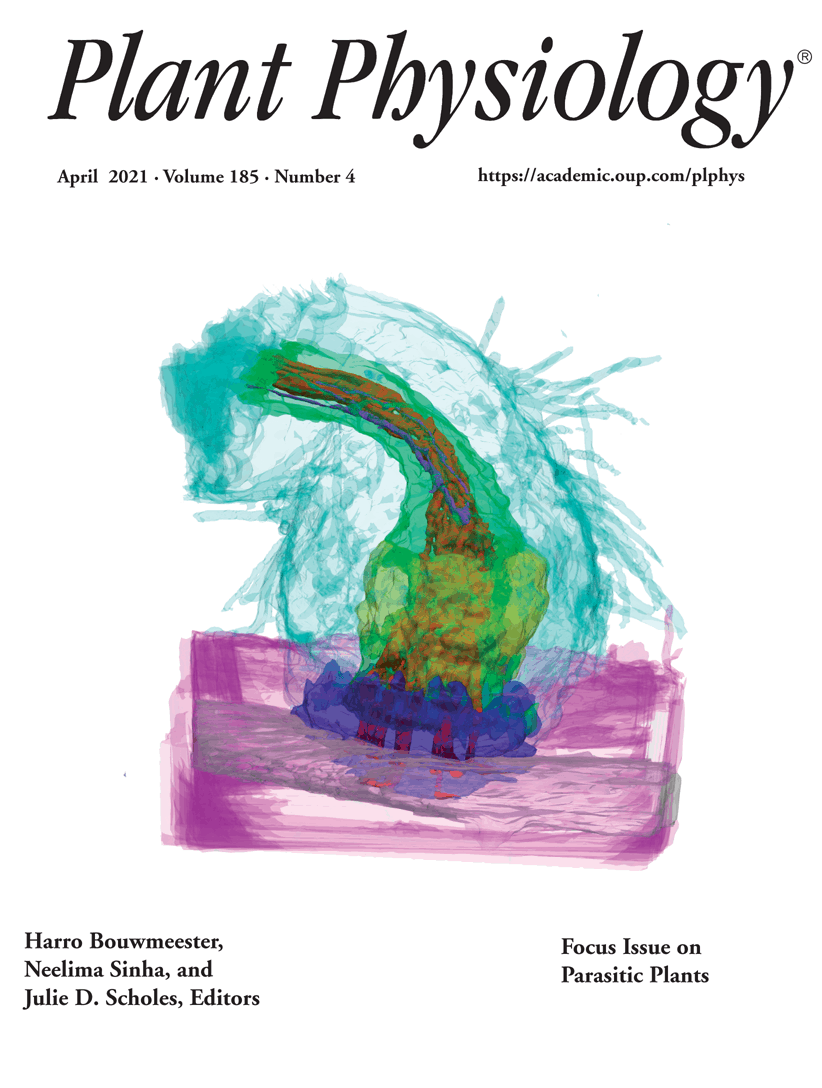Parasitic plants use haustorium to absorb parts or all of nutrient resources required for their growth from host plants. As a multicellular organ, the haustorium consists of different cell types, yet the knowledge on their spatial arrangement is largely limited and far lagging from that of other organs such as root and shoot. This paper […]
3D structure of the haustorium in two parasitic plant species in the Orobanchaceae









